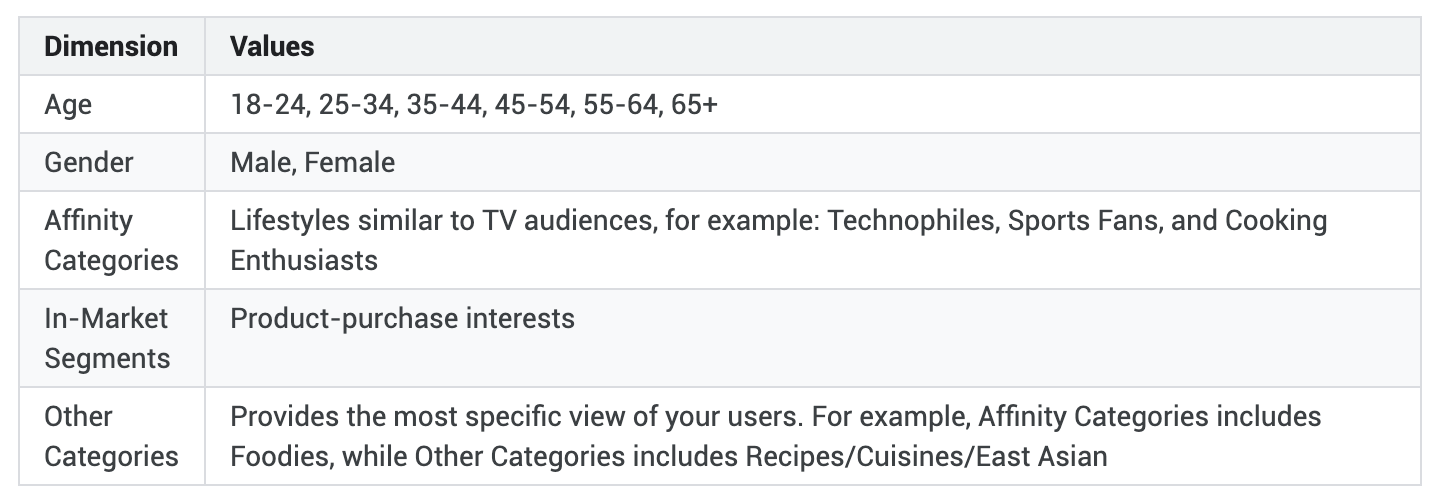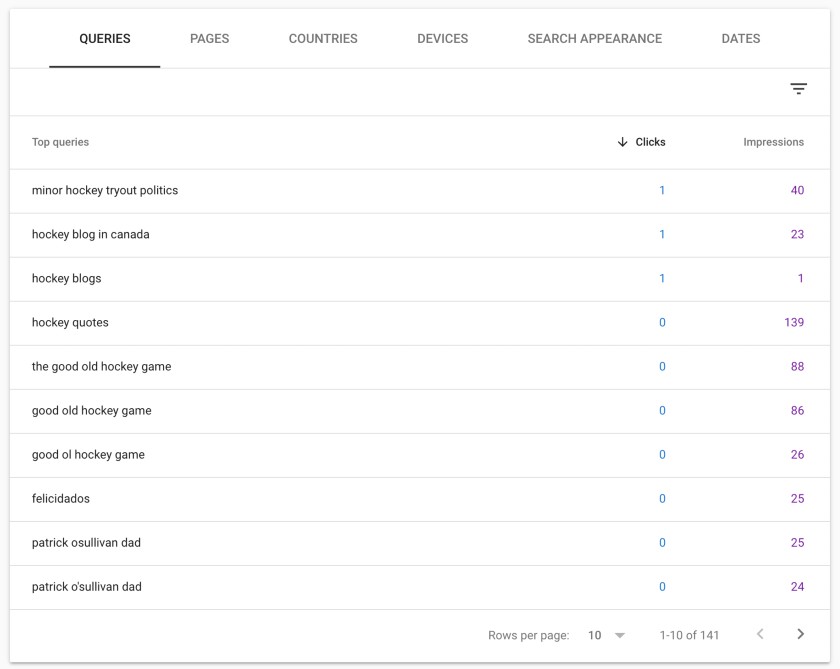The O’Jays 1975 hit single “Give The People What They Want!” should be the theme song and guiding mantra of every dedicated content marketer.
After all, the primary focus of content marketing done right (and SEO, for that matter) is creating comprehensive answers to the questions consumers ask to fulfill their every want and need.
Similarly, the main goal and promise of search engines is to deliver the right content to the right people at the right time when a search is conducted.
This is why you’ve likely read that search engines, like Google, are continually honing their algorithms and leveraging sophisticated artificial intelligence to better understand searcher intent and to deliver on their promise.
So naturally, the question for many content marketers becomes, “How can I tell what readers want and give it to them?”
The foundation for identifying what content to create starts with keyword research, as keywords remain the backbone of content. But there are several effective methods for determining what your readers want.
Here are a few tips, tactics, and tools to consider adding to your arsenal.
1. Validate Who and Where Your Readers Are
First, make sure you recognize who your readers are and what makes them tick. One method of audience identification is persona development.
Personas are important as they can help to ensure you are creating content tailored to the specific needs of your human audience.
Create detailed profiles of your target readers, perhaps based on a few existing readers you can readily identify.
Give them names, faces, and personalities. Include demographic and psychographic information.
Look to identify their key buying motivations, challenges, and basic needs.
By creating personas, you can start to tailor your content based on in-depth assumptions about what topics, tone, and types of content will appeal to your readers at different stages of their buying journey.
Personas can also help you figure out where your readers consume content and when the best times are to serve content they are more likely to engage with.
Having identified where your readers are and before you share too much content, you will want to spend time establishing and building a trusted audience.
“If you build it, they will come,” does not necessarily apply to online content. Rather, an online audience needs to be developed over time.
A good place to start is following and liking/sharing relevant content from other authoritative content authors and influencers in hopes of reciprocity for your own relevant, high-quality content over time.
Create your own persona templates for each of your audience members in a simple doc or spreadsheet.
Online tools and templates such as Xtensio, Lucidspark, or Miro can help guide you.
2. Ask Them What They Want
Simply asking is another common-sense way to determine what content your audience wants.
Assuming you’ve established a level of trust with your readers and they see you as having some authority on the topics you wish to address with them, you can certainly poll your audience.
Ask what specific topics or information they would be most interested in reading.
Reach out to your audience via email or social media with short reader surveys and questions on the following:
- What key topics would you like to learn more about?
- What is your preferred content format: text, video, audio, or some combination thereof?
- When are you most like to consume content?
- What is your preferred channel for receiving and reading content?
- How often do you want to hear from us?
Readers are inundated with content on a daily basis. Taking the time to ask what they want and then tailoring your content and timing accordingly will more likely result in an engaged audience.
A simple survey can be delivered as a document or via email, or you can use one of the many online survey tools available.
3. Review Your Website Visitor and Search Data
Website analytics can be another excellent source for validating your customer profiles and understanding what content and topics are most popular with your readers.
Demographics
Google Analytics, for example, provides a basic demographic breakdown of your website visitors against which you can compare and/or enrich the personas you’ve developed.
However, keep in mind these demographics may only apply to a subsection of your visitors based on how and where Google is able to collect this data.

These demographics are used to generate seven standard reports, which can likewise be used to validate your readership assumptions:
- Demographics Overview
- Age
- Gender
- Interests Overview
- Affinity Categories (reach)
- In-Market Segments
- Other Categories
These demographic dimensions can also be used to create custom segments and reports for the ongoing monitoring of specific groups within your audience.
Engagement With Existing Content
Other analytics data useful for understanding your readers’ preferences are specific landing page views and engagement metrics such as time on page, scroll depth, and bounce rate.
In Google Analytics Behaviour Reports, you can quickly see which are your most popular pages.
Identifying which specific pages and content types on your website are the most viewed and/or your viewers spend the most time on can help signal trends in topic and format preferences.
Further, you can monitor visitor paths to see which pages influence others or your readers are drawn to.
Look to create complementary content pages with more detailed answers to questions your audience may have. This can link to or from your existing content to further build your authority on a specific topic.
4. Google Search Console Queries
The Google Search Console Queries report found under Performance is an invaluable resource for understanding which keywords are driving your site’s impressions and/or click-throughs.
 Google Search Console Performance for imahockeydad.com
Google Search Console Performance for imahockeydad.comThis report details impressions, clicks, average position, and click-through rate tied to keywords your readers have searched for.
Pay attention to any keywords and phrases in line with your target topics, as well as those that represent gaps in the content you’ve created or have planned.
5. Internal Search Data
If your website offers a search function, you can regularly mine its usage data to see what content your visitors are looking for upon reaching your site.
Take note of question-based searches and ensure you have comprehensive content to answer those needs.
Many internal search tools or third-party add-ons provide content analytic. Use this to quickly identify gaps, content rankings and deliver the right content to the right readers at the right time just as any good search engine should.
6. Conduct External Research
Beyond looking at your existing audience and content, there are many excellent content research tools available to you. Buzzsumo, ahrefs, and Semrush, among others, crawl the entire web for keywords and content.
Leverage these insights to identify content trends, suggested topics, and even the specific questions people are asking tied to specific keywords, domains, or online influencers.
With this information in hand, you can craft content in line with those trends and suggestions or in-depth answers to the questions posed.
Most of these platforms offer free trials. Use them to determine how significant your content opportunities or challenges may be, then decide what value they can deliver over the long term.
7. Get to Know the Competition
Identify your online competition (i.e., those competitors who consistently create quality content, which ranks well for target keywords you’ve chosen).
Review and analyze what content they’ve created, where they’ve distributed it, and what (if any) engagement it’s received.
Begin by grouping the content items you discover into topical groups, then determine what (if any) content gaps exist.
Take stock of which content types they share on which channels and how often. One of the benefits of publicly accessible social media is the ability to see likes, shares, and comments associated with content your competitors have published.
8. Always Be Listening
Speaking of social media, social listening tools can likewise provide a wealth of content information and guidance on your own strategy.
Use tools like Brandwatch, Meltwater, or Agorapulse to monitor your target keywords for social mentions and content suggestions.
As with competitors’ content, you can gauge the level of engagement each type and piece of content garners to determine relevance and value.
Relevant discovered content items can be curated or reworked and expanded upon with your own added value.
9. Ask for Engagement and Feedback
If you firmly believe you are creating high-value content for a mass audience, don’t be afraid to ask your readers for feedback and validation via comments and sharing.
Make it easy for your readers to amplify your content by including sharing mechanisms (share buttons or “Click to Tweet” links) and calls to action within your content.
This will both help to validate how engaging your content is and enhance your authority.
10. Measure and React
With each piece of content you create and distribute, circle back to your social media and website analytics to validate its relevance and relative value to your readers.
Pay specific attention to which types, topics and channels receive the most engagement.
Further, note which (if any) links have been clicked and/or calls to action have been taken to signal where your readers are interested in getting more.
And then yes, by all means — give your readers what they want!
More Resources:
- Why These 5 Unexpected Content Marketing Skills Are a Must to Build in 2021
- Content Experiences Are the New Content Marketing
- Content Marketing: The Ultimate Beginner’s Guide
Image Credits
All screenshots taken by author, April 2021




